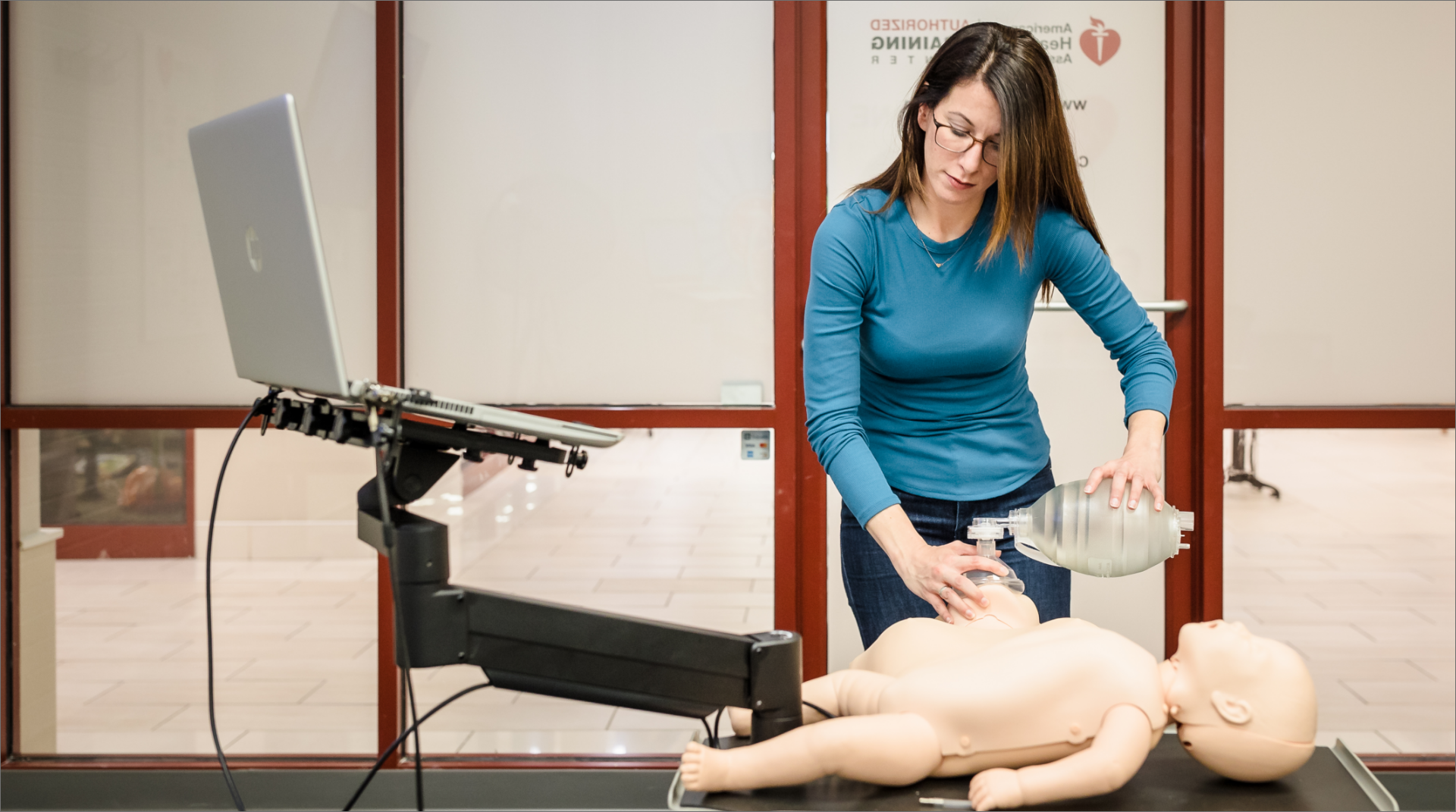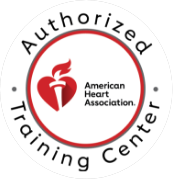

CPR Resource Center
The most comprehensive library of emergency training resources — including videos, articles, downloads, and more.


The most comprehensive library of emergency training resources — including videos, articles, downloads, and more.
In the United States, someone (like you or someone you love) has a heart attack every 40 seconds.
Every year, about 805,000 people (like you or someone you love) in the United States have a heart attack. That is well over 2,000 cases every day.
Early detection and rapid treatment is essential to survival because each minute after a heart attack, more heart tissue deteriorates or dies. Restoring blood flow quickly helps prevent or reduce heart damage and premature death.
Heart attacks are “plumbing” issues in the heart in which one or more blood vessels called coronary arteries become blocked, typically by a clot, and results in a loss of vital blood flow to the heart muscle. If the blockage is not cleared, the heart muscle will start to die and in some cases, the heart will stop beating and result in cardiac arrest and death.
Early symptoms are often ignored and puts people at risk for significant damage to the heart muscle, even death. Heart attacks have “beginnings” that can occur weeks before the actual attack. Be aware of pressure, not necessarily pains in the chest. Don’t try to rationalize it away as something else. Your body, like the engine in your car, is trying to tell you something is wrong.
Don’t wait to get help if you experience any of these heart attack warning signs. Although some heart attacks are sudden and intense, most start slowly, with mild pain or discomfort.
Symptoms can vary between men and women. In women, the most common symptom is chest pain or discomfort but are somewhat more likely than men to experience other common symptoms, particularly shortness of breath, nausea or vomiting, and back or jaw discomfort.
Uncertain it’s a heart attack? Have it checked out! Don’t wait, and don’t go by car! Call 9-1-1.
Act in time! Do it for yourself; do it for your family.
In an effort to improve awareness, Code One Training Solutions has partnered with the American College of Cardiology to help disseminate Early Heart Attack Care or EHAC. Take the course here and share this lifesaving information with all those who you care about.
Help Me Find a Course